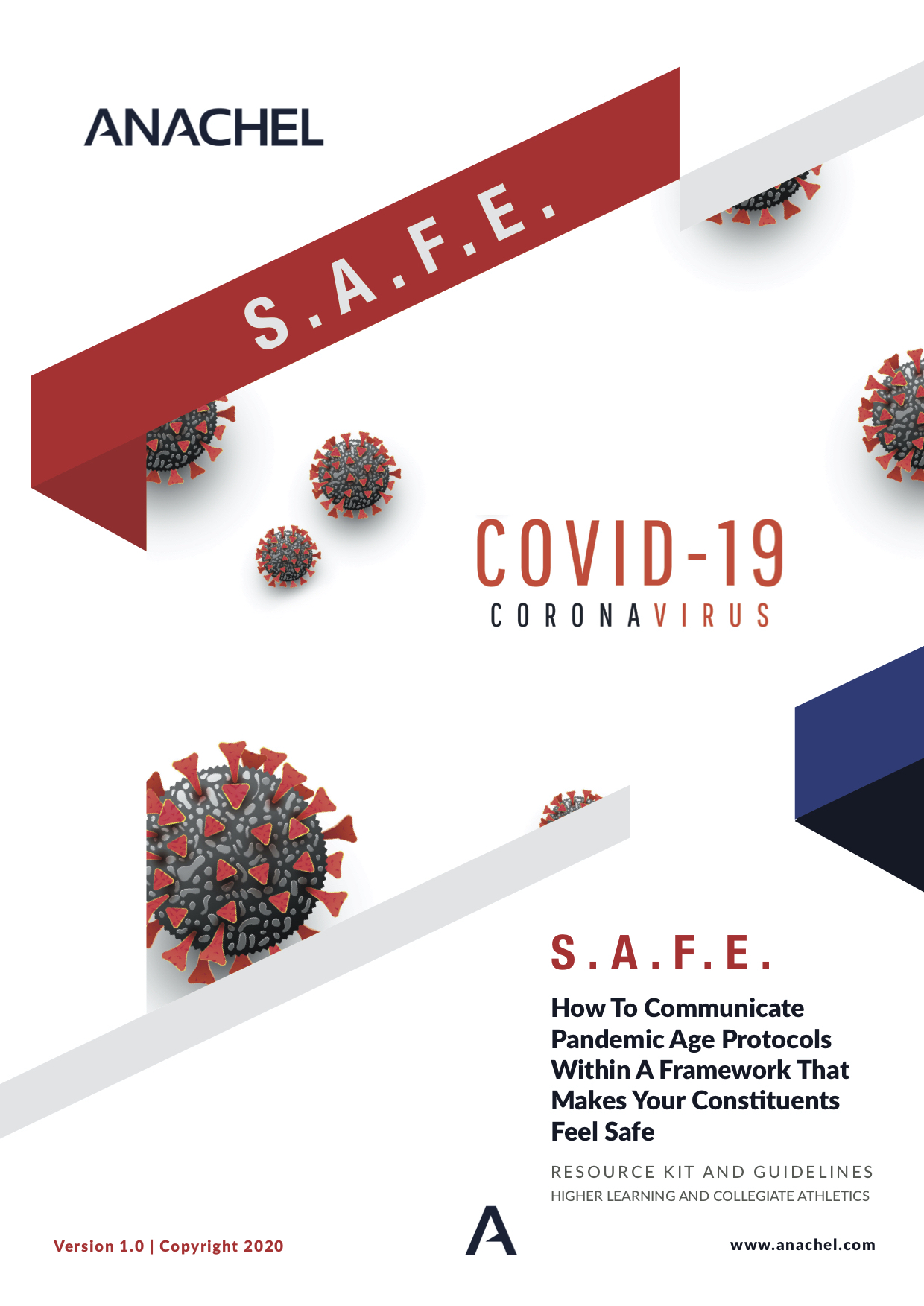EXECUTIVE ASSISTANT TO CEO
ABOUT THE FIRM
ANACHEL is an integrated and solutions-driven communications, branding, and reputation management firm. The firm brings unparalleled senior-level expertise, innovation, insights, and counsel to their clients. The firm specializes in reputation management, brand-building and problem-solving within the professional and collegiate sports, higher learning, legal, oil and gas, and entertainment sectors. The ANACHEL CEO is the premier leader in integrated marketing communications, litigation and crisis communications, brand strategy, and reputation management. She is a veteran corporate gatekeeper and author who confidentially directs her C-suite and high-profile clients on how to positively maneuver high-stakes issues and navigate the narratives when it matters the most. Founded in 1999, the ANACHEL team is based in Arizona, California and Washington, D.C.
ABOUT THE POSITION
The Executive Assistant will provide robust administrative support to the ANACHEL CEO in a one-on-one working environment and relationship. Reporting directly to the CEO, the Executive Assistant serves as a liaison to clients and senior staff on behalf of the CEO and is the primary point of contact for external constituencies on all matters pertaining to the CEO. The Executive Assistant must be accountable, creative, and enjoy working within a fast-paced and task-pivoting environment.
The ideal candidate will have the aptitude to exercise sound judgment in diverse situations, with strong written and verbal communication, administrative, and organizational skills, and the ability to maintain a realistic balance among multiple priorities and tasks with a positive and service-oriented mind-set.
POSITION OBJECTIVE
Provide professional and personal support both internally and externally to the ANACHEL CEO with unsurpassed integrity, professionalism, and accountability.
POSITION BALANCE
The Executive Assistance responsibilities are 40% business/corporate, 60% personal for the ANACHEL CEO.
POSITION HOURS
The desired candidate will work 20-30+ hours per week. In office hours are flexible, based on CEO needs, and will decrease during the month of July 2022 until August 2022.
PRIMARY RESPONSIBILITES
Business related tasks – 40%
- Manage matters with a high level of confidentiality and discretion especially decisions directly impacting ANACHEL clients and operations.
- Use diplomacy and discernment when handling C-Level matters.
- Represent ANACHEL and the CEO in a positive light through notable communications, follow-through, and sound judgment skills.
- Excellent time management skills and a proven ability to meet deadlines.
- Anticipate the needs and proactively bring together appropriate resources to support the CEO and ANACHEL team.
- Ability to function well in a high-paced, high-stress environment; performs additional duties as assigned by CEO.
- Conserve the CEO’s time by reading, researching, collecting, and analyzing information as needed, in advance.
- Organize calendars and schedules, resolving any scheduling issues proactively for CEO.
- Create and sustain meetings, travel, and events calendar.
- Be responsive to emails/texts/phone calls, with contact outside normal business hours.
- Assist in preparing and copyediting Word, Excel, PowerPoint presentations, agendas, reports, special projects, and other documents in support of objectives for ANACHEL and their clients.
- Prepare budget expense reports for CEO.
- Draft and prepare correspondence for internal announcements, meetings, and organizations that the CEO is involved with.
- Manage the CEO’s contacts.
- Complete adhoc projects as assigned – such as personal events and/or family needs.
PRIMARY RESPONSIBILITES
Personal related tasks | 60 %
- Manage CEO personal matters with a high level of confidentiality and discretion for family.
- Be responsive to emails/texts/phone calls, with contact outside normal business hours.
- Manage the CEO’s personal contacts and obligations.
- Anticipate the needs and/or proactively assist and/or bring together appropriate resources to support the CEO at home or during off hours.
- Organize calendars and schedules, resolving any scheduling issues proactively for CEO.
- Create and facilitate weekly menus and grocery shopping.
- Facilitate errands such as household repairs, dry-cleaning, gifts, shipping.
- Light budget/monthly bill pay assistance.
- Storage unit itemization and organization.
- Light housekeeping/organization and clean-up for office and home.
- Dog care/housesitting.
- Complete adhoc projects as assigned – such as personal events and/or family needs.
PREFERRED ATTRIBUTES
- Excellent organizational and interpersonal communication skills.
- Unwavering integrity, honesty, and trustworthiness with business and personal matters.
- The ability to work effectively under pressure while meeting deadlines.
- Ability to think outside of the box with a sense of urgency.
- The skill set to recognize and resolve routine problems.
- A non-judgmental and inclusive mindset.
- Ability to positively interact with various individuals on any given day.
- Detail-oriented and the ability to work independently with productivity.
- Accountability to CEO, CEO’s family, and self.
- Service oriented, flexible, courteous, good spirited, sense of humor.
- Must be pet friendly, there will be opportunities to dog sit and watch after pets.
SKILLS & QUALIFICATIONS
- Bachelor’s degree and or working toward a degree.
- 2+ years of related experience required in working in an executive assistant role, people/service-oriented business.
- Strong written skills including AP Style Guide, Chicago Style Guide, SEO, etc.
- Advanced proficiency in Microsoft Office (Outlook, Word, Excel, and PowerPoint) and knowledge of a variety of computer software applications, spreadsheets and presentation/creative software including Adobe and creative products.
- Must have experience working with Google Suite tools (Google Docs, Sheets, Forms, etc.).
- Ability to communicate effectively, professionally, respectfully, and responsively.
- Experience coordinating logistics, scheduling, and meeting preparations.
- Flexible hours as dictated by the needs of business for projects and meetings.
- Pet friendly.
- Must drive.
GENERAL INFORMATION
- Location | Tucson, AZ (limited travel)
- Job | Administrative/Executive Assistant
- Point of Contact | Hunter Ruetz
- 20-30 hours a week
HOW TO APPLY
- Email your cover letter and resume to Hunter Ruetz (hunter@anachel.com).
- Application window closes May 26, 2022.









